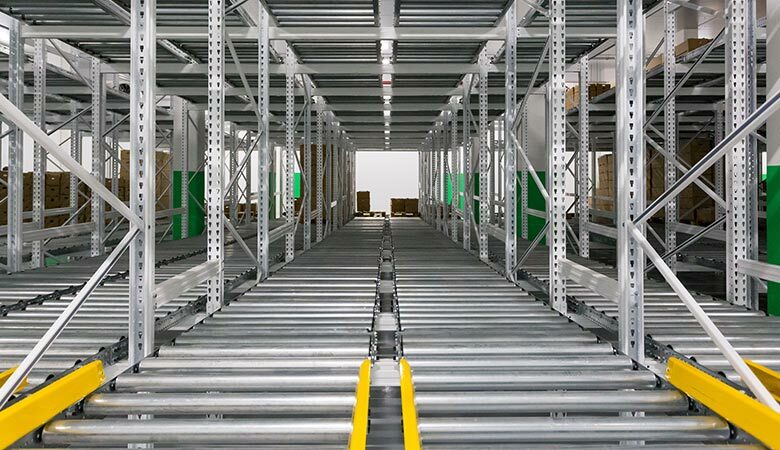The Kaizen Way: what it means and how to apply it

The Kaizen way is a unique approach to continuous improvement and operational excellence. This is what it’s for and how to implement it.
Creating a culture of operational excellence is an ambition shared by many organizations around the world. To achieve it, the Kaizen Way brings everyone together, every day, in every area of the company to identify and implement improvements. If it sounds like a distant dream, this is what it means for managers, its advantages, and how to implement it.
What is the Kaizen Way?
The Kaizen method, originally a Japanese management concept, is based on the core principles of continuous improvement. Japanese companies, such as Toyota, have been using it for decades to make improvements to the organization’s assembly lines, supply chain and other processes.
It is an approach in which co-workers, at all levels of a company, work together to improve and eliminate waste from operations. The Kaizen Way combines the unique skills of each person to create a powerful engine of continuous improvement that transforms the company from within.
What is the purpose of the Kaizen Way?
The goal of the Kaizen method is to build a culture of continuous improvement where everyone suggests and implements improvements. It is a mindset that applies to every area of the company, from directors to middle managers and operators.
Another benefit is that the Kaizen Way has a strong practical application. It works by deploying multidisciplinary intensive workshops, also called Kaizen events, in which the goal is to improve specific areas of the company. These events involve teams of different areas and hierarchical levels, with special emphasis on engaging operators on the shop-floor.
What are the advantages of the Kaizen method?
From employee motivation to increased productivity, there are several benefits of the Kaizen Way for companies. These are the most important.
Employee motivation
The Kaizen Way focuses on creating a culture of involvement shared by all employees. Each person has an active voice in defining opportunities for improvement and changing processes. For this reason, resistance to change–which can happen in any transformation process – is reduced. Operators feel more motivated because managers hear their opinions. For 9 out of 10 people, that is the prime motivator other than their pay.
Increased efficiency and productivity
The Kaizen Way aims to do more with what you already have. The goal is to make smarter use of resources, such as water, energy and the most critical industrial equipment. These principles of continuous improvement have driven us to perfect the MultiWasher. After decades of continuous optimization, we are proud to introduce an industrial washing equipment unlike any other. This machine, designed for customers in food service, catering, food processing and healthcare, washes any type of utensils, from mechanical parts to tools and dishes.
Security improvements
An efficient process is reliable. And reliable means safe. As new ideas improve workspaces organization, security improves. And it is precisely for this reason that we designed the MultiWasher in a closed cabinet concept, in which every washing process takes place. This way, people are not exposed to chemicals, high temperatures or vapors.
Increased Efficiency
Following the principles of the Kaizen Way is the path to achieve operational excellence. By creating work areas designed to increase efficiency, managers eliminate wasteful operations and unnecessary tasks that your customer is unwilling to pay for. Unnecessary movements, rework, excess production or over-processing affect most companies and provide ample opportunities to increase efficiency.
With the Kaizen Way, everyone takes part in improving process and in the implementation efforts. These small steps add up to major changes and improvements in quality, efficiency, safety and productivity,==== that produce a positive impact on the company’s profit margins.
How to implement the Kaizen Way?
Kaizen events are the basis of the Kaizen Way. In these workshops, the selected team identifies and implements improvements. They can last from just a few hours to several days or even weeks. But before they start, it is important to define the scope of the initiative and bring together the right team, including those who handle the process in question every day.
Then, follow these steps as a team.
- Describe the current state. How is the process performed today? Quantify the current state in numbers and write the major steps of the process to date. Collect relevant photos and documents and visually place the information on a board or wall so everyone can keep up.
- Establish a future state vision. What should the process look like in the future? Identify the quantifiable objectives you want to achieve and describe the general requirements of how the process should work in the future. Draw the future state process schematically.
- Describe the problem. What is keeping you from the future state vision? Start with a global brainstorming and then select the most important issues to solve.
- Identify the root causes. Why do these critical problems occur? For the problems you’ve identified as most important, try to understand why by asking “Why does this problem happen?” until you determine the root cause.
- Define an action plan. What are the quick-wins to eliminate the root cause? Gather the ideas that generate greater consensus. Then, distribute work, and give the best use to each other’s talents. Identify improvement actions, assign owners and due date within the duration of the Kaizen event.
- Implement improvements. Can you test low-cost solutions? Testing and implementing improvements is the central part of the Kaizen event, where team members go to the gemba (the Japanese word for shop-floor) to test-drive solutions. For example, you can build mockups with cardboards and pallets.
- Confirm results. Have you solved the problem? Confirm that the KPI you set has been reached. If so, upgrade from tests and mockups to something more definitive. The Kaizen event is over. Otherwise, return to the drawing board.
This improvement cycle is the basis of the Kaizen Way and is known as PDCA. The letters mean Plan (steps 1 through 4 of the Kaizen event), Do (steps 5 and 6), Check and Act (step 7).
Somengil, the Kaizen method in our DNA
At Somengil, we incorporate the Kaizen Way into every industrial washing equipment we produce. From design to manufacturing, we constantly look for new ways to simplify processes, streamline operations and reduce waste. Our story, which began in 2002, taught us the importance of this way of thinking. Because every action, every cent, every liter of water has value.
We apply the same principles to our client’s installations–before we propose a solution, we study their work processes, objectives and obstacles. This way, our machines adapt to the processes and the people, not the other way around. Contact our team to transform your washing process with the Kaizen Way.



